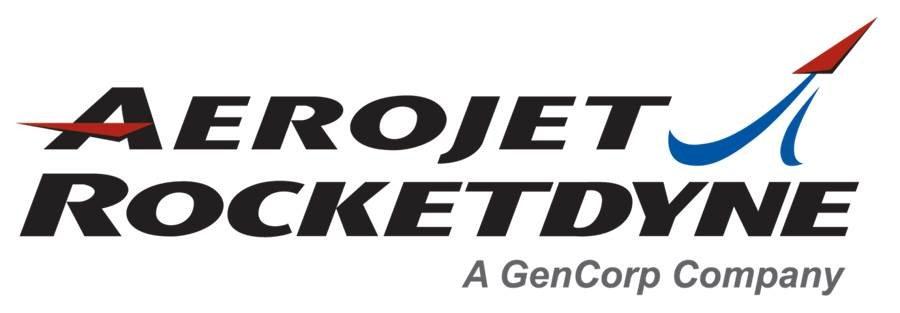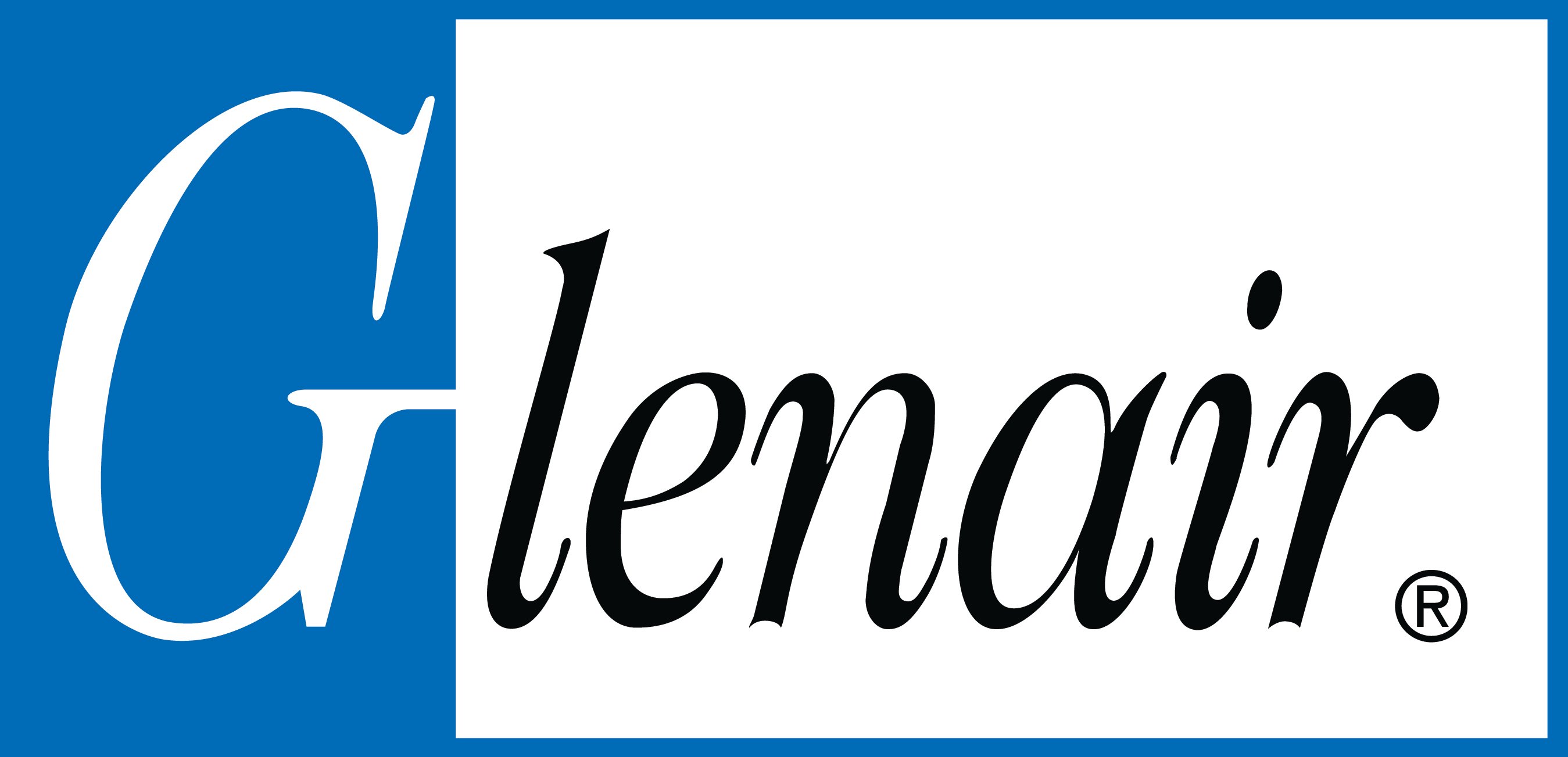Introduction: The first liquid hydrogen fueled drone by a university
Our mission: to build the first university demonstrated Unmanned Aerial System (UAS) utilizing liquid hydrogen as fuel. Genii UAS is the system that resulted. Liquid hydrogen UAS have numerous humanitarian applications, as they are ideal for crop, fire, and weather monitoring; search and rescue; and communications. The team planned to use Genii for UAS research and development.
The Genii test platform was designed to be versatile and to exhibit stable and predicable flight over a variety of conditions. As a prototype and proof of concept, Genii was required fly safely and reliably. Utilizing a Horizon H – 1000 fuel cell and a 8.5L liquid hydrogen tank, Genii had sufficient power loading and endurance to fly safely and take off under fuel cell power alone.
Utilizing extensive experience from the WSU Aerospace Club, Genii’s wing was designed to provide safe stall characteristics without limiting its top speed. Genii incorporates a conventional tail, sized to provide stable flight.
Summary: Conclusions and links to further reading
Although at the time of completion of the project the necessary regulations at WSU and the FAA were not in place to allow us to flight test the full hydrogen system, all aspects of the aircraft were tested successfully. Fourteen flights proved the airframe, electric propulsion, and guidance systems were working beautifully, and extensive ground testing and characterization of the hydrogen systems showed the fuel cell hydrogen powertrain was up to the task.
Despite this setback at the end of the project, the project delivered a positive outcome for the lab in several respects:
- Most of the members of the project moved on to careers in locations they considered “dream jobs.” This included placing two cryogenics engineers at Blue Origin and our lead aerodynamicist being hired at Scaled Composites.
- One of the members of the project received his Ph.D and another his M.S. degree in the lab following completion of this project. The experience from the project influenced and supported their day to day work in the lab. The Ph.D. graduate now has a post-doctoral assignment continuing research related to unmanned systems and hydrogen in the lab.
- The project was able to build a partnership with Insitu, Boeing’s UAV subsidiary. This partnership has been able to utilize several years of JCATI funding from the State of Washington to continue development of related technologies.





